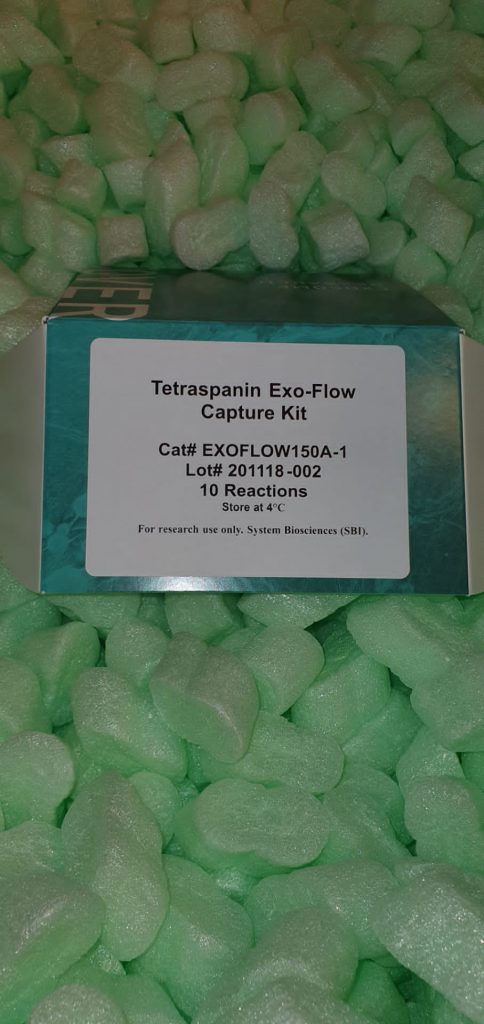Since sugarcane is a ratoon crop, genome evaluation of plant growth-promoting bacteria that exist in its soil rhizosphere, can present alternative to better perceive their traits and use of such bacteria in flip, might particularly enhance perennial crop productiveness. In the current examine, genome of two bacterial strains, one every of B. megaterium (BM89) and B. subtilis (BS87), isolated and reported earlier (Chandra et al., 2018), had been sequenced and characterized. Though each strains have demonstrated plant development selling properties and enhanced in-vitro plant development responses, purposeful annotation and evaluation of genes indicated superiority of BS87 because it possessed extra plant development promotion attributable genes over BM89.
Apart from some frequent genes, trehalose metabolism, glycine betaine manufacturing, peroxidases, tremendous oxide dismutase, chilly shock proteins and phenazine manufacturing related genes had been selectively recognized in BS87 genome indicating better plant development performances and survival potential below harsh environmental situations. Genes for chitinase, d-cysteine desulfhydrase and γ-aminobutyric acid (GABA), as present in BM89, suggest its selective utilization in protection and bio-control measures.
Concomitant with better settlings’ development, scanning electron micrographs indicated these isolated and characterized bacteria exhibiting wholesome colonization inside root of sugarcane crop. Kegg pathways’ project additionally revealed added pathways specifically carbohydrate and amino acid metabolism hooked up to B. subtilis pressure BS87, a preferable candidate for bio-fertilizer and its utilization to advertise development of each plant and ratoon crops of sugarcane often experiencing harsh environmental situations.
Listeria monocytogenes is a Gram-positive bacterial pathogen and the causative agent of listeriosis, a extreme foodborne an infection. L. monocytogenes is infamous for its potential to persist in meals processing environments (FPEs) by way of a range of adaptive traits. Even although traits corresponding to chilly tolerance, biofilm formation and sanitizer resistance have been extensively investigated for his or her roles in persistence of L. monocytogenes in FPEs, a lot much less is understood about resistance to bacteriophages.
Previous research explored phage resistance mechanisms in laboratory-created mutants however it’s crucial to research phage resistance that’s naturally exhibited in FPE-derived strains. Here, we built-in the evaluation of entire genome sequence knowledge from a panel of serotype 1/2a strains of sequence sorts 321 and 391 from turkey processing crops, with the willpower of cell floor substituents required for phage adsorption and phage an infection assays with the 4 wide-host-range phages A511, P100, 20422-1 and 805405-1.
The full chloroplast genome sequence of Ficus beipeiensis (Moraceae), an endemic and endangered plant in China
Ficus beipeiensis S.S.Chang is an evergreen plant of Ficus from the household Moraceae. This is an endangered species endemic to China. In phrases of financial worth, F. beipeiensis are used as a local plant useful resource of city landscaping in Chongqing, China. Here, we sequenced, assembled and annotated the chloroplast (cp) genome of F. beipeiensis, and goal to offer genetic sources for this endangered species. The size of cp genome was 160,595 bp, with a big single-copy area (LSC) of 88,683 bp and a small single-copy area (SSC) of 20,160 bp separated by a pair of inverted repeats (IRs) of 25,876 bp.
It encodes 110 distinctive genes, together with 76 protein-coding genes, 30 switch RNA genes, and Four ribosomal RNA genes. Besides, we reconstructed the phylogeny of Moraceae based mostly on the entire cp genome sequences knowledge set. Phylogenetic evaluation exhibits that each one analyzed Ficus species are clustered and kind a monophyletic group. Antiaris is a sister group to Ficus. In our most chance (ML) tree, F. beipeiensis is carefully associated to F. racemose.

A Complete Genome Sequence of the Wood Stem Endophyte Bacillus velezensis BY6 Strain Possessing Plant Growth-Promoting and Antifungal Activities
An endophytic bacterium Bacillus velezensis BY6 was isolated from the wooden stems of wholesome Populus davidiana × P. alba var. pyramidalis (PdPap). The BY6 pressure can inhibit pathogenic fungus Alternaria alternate in PdPap and promote development of PdPap seedlings. In the current examine, we used the Pacific Biosciences long-read sequencing platform, a single-molecule real-time (SMRT) expertise for pressure BY6, to carry out full genome sequencing. The genome dimension was 3,898,273 bp, the quantity of genes was 4,045, and the typical GC content material was 47.33%.
A whole genome of pressure BY6 contained 110 secondary metabolite gene clusters. Nine of the secondary metabolite gene clusters exhibited antifungal exercise and promoted development capabilities primarily concerned within the synthesis of surfactin, bacteriocins, accrued iron ions, and associated antibiotics. Gene clusters present genetic sources for biotechnology and genetic engineering, and improve understanding of the connection between microorganisms and crops. Potentilla bifurca is a medicinal plant, the basis extracts have been utilized for the therapy of sure viral infections as folks medicinal herbs.
[Linking template=”default” type=”products” search=”Real-time PCR detection kit for Coronavirus 2012 genomes” header=”2″ limit=”123″ start=”2″ showCatalogNumber=”true” showSize=”true” showSupplier=”true” showPrice=”true” showDescription=”true” showAdditionalInformation=”true” showImage=”true” showSchemaMarkup=”true” imageWidth=”” imageHeight=””]
The full chloroplast genome sequence of is 155,841 bp in size, incorporates 128 full genes, together with 84 protein-coding genes (84 PCGs), Eight ribosomal RNA genes (Four rRNAs), and 37 tRNA genes (37 tRNAs). The general GC content material of cp DNA is 37.1%, the corresponding values of the LSC, SSC, and IR areas are 35.0%, 31.0%, and 42.8%. Phylogenetic tree exhibits that P. bifurca was recognized because the basal clade of Potentilla. Our examine supplies insights on the causes of variable protection areas and a quantitative evaluation of components contributing to plant genome misassembly when utilizing quick reads and the generality of these causes and components ought to be examined additional in different species.

